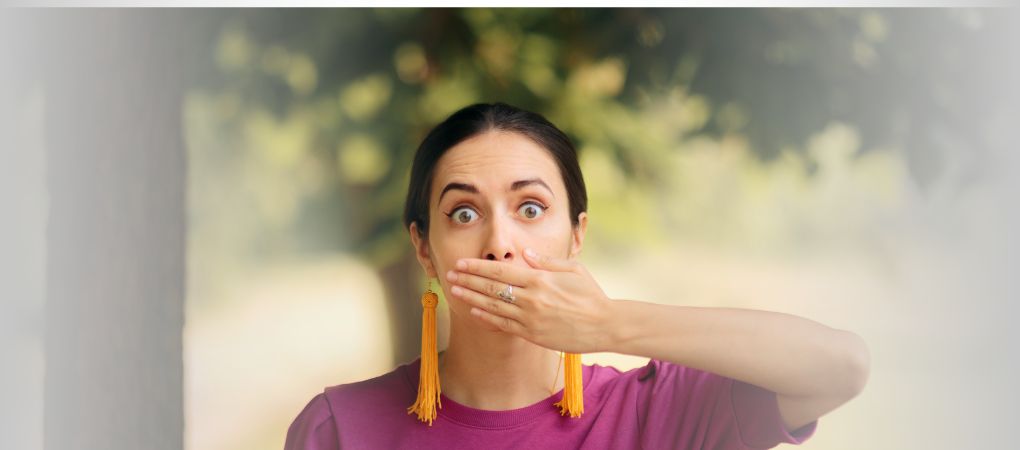Francesca Galiano
|
31/08/2023 - Last update 15/11/2023
Benjamin Seidel, Gina Benaquista Desipio | Year 2014
Use of osteopathic manipulative treatment to manage recurrent bouts of singultus
Pathology:
Hiccups
Type of study:
Case Report
Date of publication of the study’:
2014/Aug/01

Purpose of the study
- Objective: to show the management of a case of persistent neurogenic hiccups using OMT
- Measured outcomes: evaluation of the symptoms
Participants
- Number: 1
- Description: a 32-years-old woman, admitted to an acute rehabilitation hospital, diagnosed with ileus and showing sympoms of prolonged nausea and vomiting. A history of stiff person syndrome (GAD-65 antibody negative) diagnosed in 2008, with associated postural tachycardic syndrome and full body spasms. However, she had never had gastrointestinal problems or hiccups.
The hiccups began during hospitalization in the form of recurrent attacks that would last from 20 minutes up to 5 hours to then cease spontaneously, while the patient stood in an upright position or had her upper arms flexed forward. Pharmacological therapy with baclofen, ondansetron, metaclopramide and carbemazepine had no effect.
An osteopath was summomed to assess the case after a hiccup episode had occurred 3 weeks after its first onset while she was having physiotherapy on a tilt table.
The osteopathic examination using the TART criteria revealed some dysfunctions in the neck, T1-T4, T10-T12, sacrum and pelvis. After a few days of treatment, the examination also revealed cranial and abdominal dysfunctions.
Interventions and evaluations
- Osteopathic assessment using TART criteria.
- 3 sessions of OMT
- OMT
- first phase: rib raising, balanced diaphragmatic ligamentous tension techniques and myofascial release of the left hemidiaphragm;
- second phase: myofascial release and osteopathic cranial manipulative medicine directed to the occiput, neck, thoracic spine, sacrum, pelvis and superior mesenteric ganglion.
Results
After the first OMT session, the hiccups stopped right away. Coming back the next day also during physiotherapy on a tilting table, a new session of OMT made the attack cease again. After 4 days of remission, a new OMT session made it possible to resolve the dysfunctions detected by the osteopathic examinations, with improvement of the cranial rhythm impulse.
The therapists then noted that the patient had an improved ability to hold both the upright position and the forward flexion of the upper arms. She was able to regain independence by eating, getting dressed and sitting up without any help, while before she could not do any of it.
Discussion
The pathophysiology of hiccups is rather unknown, although it tends to present as a unilateral spasm of the left diaphragm. In the reported case, the serratus anterior and paraspinal muscles were probably involved as the patient experienced some attacks of hiccup when she flexed her upper arms forward or stood upright.
The treatment of hiccups is based on identifying and removing the cause that induced the hiccups, whether it comes from medication or something else. If no cause is found, drugs that affect the central nervous system are tried. Other therapies that aim to act on the central nervous system such as acupuncture can also be used. However, to date for persistent hiccups there is no intervention protocol better than the others, pharmacological or not.
The literature on hiccups and manual therapies is very scarce, although manual maneuvers aimed at modifying the activation of the diaphragm have always been used to try to relieve hiccups. In this study, techniques were used to act on the diaphragm, reducing its irritation and spasms, to regulate the sympathetic and parasympathetic afferent and efferent pathways, and relax all the muscle and tendon pathways to which the diaphragm is connected. All based on the osteopathic structural evaluation. To help the respiratory diaphragm it is also essential to act on the other body diaphragms, in particular the atlanto-occipital joint and the cranial vault.
While more studies are needed, the low rate of adverse effects compared to standard therapies makes OMT a therapy that can be used for recurrent and persistent hiccups.
The review of Osteopedia
By Marco Chiera
Strengths: first study of OMT and persistent neurogenic hiccups; good presentation of the osteopathic examination; discussion with brief presentation of the state of the art and description of the rationale of the techniques used.
Limits: like any case report, it is difficult to generalize the results.

Are you an osteopath?
Register and enjoy the membership benefits. Create your public profile and publish your studies. It's free!
Register now
School or training institution?
Register and enjoy the membership benefits. Create your public profile and publish your studies. It's free!
Register now
Do you want to become an osteopath? Are you a student?
Register and enjoy the membership benefits. Create your public profile and publish your studies. It's free!
Register now







